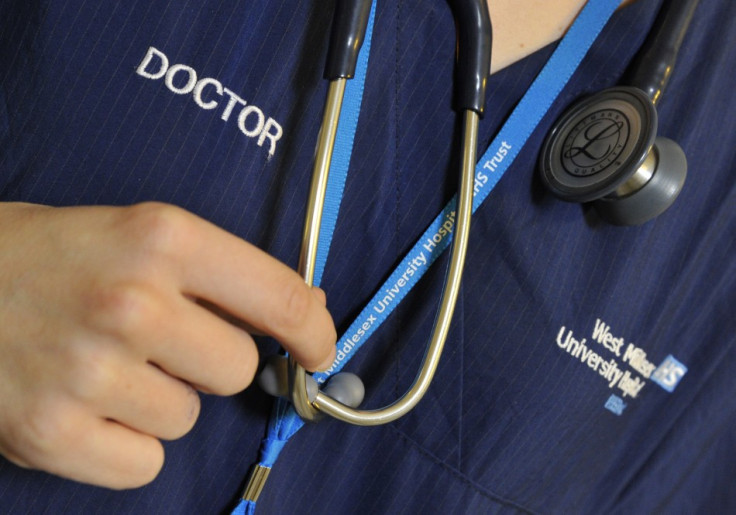Legionnaires’ Disease Outbreak: Edinburgh Man Dead as Confirmed Cases Rises
Number of cases confirmed to have contracted Legionnaires’ disease in Lothian area rises to 17 with 15 more suspected, but household water supplies ruled safe.

A man in his 50s who contracted Legionnaires' disease has died at Edinburgh Royal Infirmary while the number of cases being investigated has risen to 33.
NHS Lothian has confirmed it is now dealing with 17 confirmed cases and 15 suspected cases of the illness.
The number of confirmed cases includes 13 men and two woman aged between 33 and 74. They are all in critical conditions and are being treated in intensive care hospitals in Lothian. One man has recovered and has been discharged from hospital.
It is not known what the source of the infection is, but industrial water cooling towers in the southwest of Edinburgh, where the majority of the cases are from, have been identified as a possible source.
Samples have been taken from four facilities in the area, but legionella is a difficult bacteria to cultivate and it may take up to 10 days before results of the samples are available.
NHS Lothian has confirmed a majority of the cases were linked to the Dalry, Gorgie and Saughton areas of Edinburgh.
Dr Duncan McCormick, consultant in public health medicine and chair of the incident management team, said: "I would like to express my sincere condolences to the family of the patient who died.
"Investigations into the possible source of this outbreak are ongoing. Meanwhile, medical staff have been actively identifying possible cases to allow us to ascertain the full extent of this outbreak.
"I would like to reassure the public that household water supplies are safe and that Legionnaire's disease cannot be contracted by drinking water.
"Older people, particularly men, heavy smokers and those with other health conditions are at greater risk of contracting the disease. I would urge anyone who develops symptoms to contact NHS 24 or their GP."
The first case was identified on 28 May.
The Legionella bacteria is commonly found in sources of water, such as rivers and lakes. It is contracted by breathing in small droplets of contaminated water. It is not contagious and cannot be spread directly from person to person.
© Copyright IBTimes 2025. All rights reserved.






















